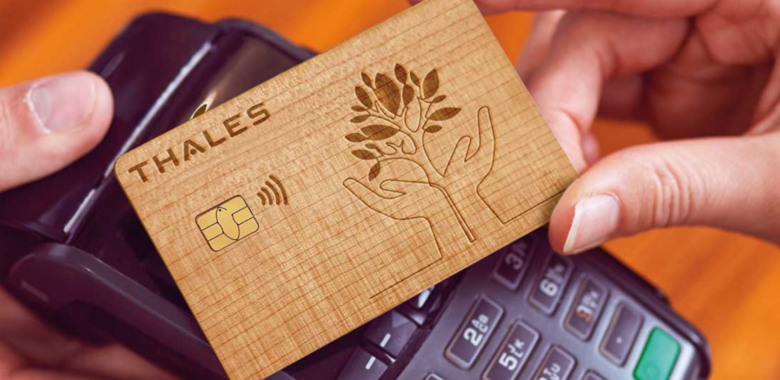The banking industry has undergone a huge transformation in recent years and continues to transform as we head into the realm of real-time, digital first (and physical later) banking and payment. Characterized by the need to do things more cost-effectively, sustainably, faster, and with user experience at its core – modern card program strategies are revolutionizing the sector and embracing these changes will be vital for a bank’s survival.
To set some context, here is just a short recap of the challenges and changes currently facing the banking sector:
Online branches growth in popularity:
Can you remember the last time you visited a bank branch in person? If not, then you’re not alone – under the lead of agile fintechs and neo banks, the capabilities of banking apps have improved so much that there are very few reasons for customers to visit in person. In fact a survey from KMPG found that one in five UK consumers haven’t visited a bank branch since before the Covid-19 pandemic – a trend we will likely see continue.
Fintechs are challenging the status quo:
Recent years have seen digital-first challenger brands give consumers greater choice and flexibility – revolutionizing personal banking. Not burdened by decades of legacy tech to contend with – these brands have managed to quickly design products and solutions that have user experience solely front of mind, and traditional institutions are forced to do the same. Real-time, quick services, simple yet secure is what is in the DNA of such neo stakeholders in the financial sector.
Boom in contactless payments:
Recent data that shows that in 2020 the number of people in the UK who registered for mobile payments grew by three quarters to over 17 million. And in December 2021, contactless payments reached its highest recorded level, accounting for 69% of all debit card transactions, and 56% of all credit card transactions – a trend that is expected to continue to rise.
A Modern Card program and strategy is about unifying and improving the customer’s banking and payment journey with real-time digital card issuance and complete control of all their payment credentials. This blog series will explore why a Modern Card Program is an essential part of this and will address the challenges of bringing it fruition.
Challenge #1: Managing connectivity with payment schemes to successfully deploy EMV tokenization and associated card services
The growing demand for mobile, user-centric services for card issuance is front of mind for all card issuers, processors, and wallet providers. As we’ve already discussed – the banking sector has been transformed – driven by customer expectation to be in control 24/7, via their smartphones or a modern web interface. People want to order their physical, digital or virtual card instantly, via their mobile app and/or the web, then use it to pay at stores and online. Cardholders want to be in control of their card’s settings. These services are no longer a nice to have – but an expectation.
However, when it comes to traditional banks that have been issuing EMV cards for years, the core banking infrastructure in place is often not optimized to support real time services, nor to deliver a rich mobile experience. Beyond tokenization for digital wallets, launching new services such as virtual card issuance and secure display, 3DS, Click-to-pay or pay-by-instalments can be extremely challenging.
Card issuers can find plenty of technology partners to implement new mobile-centric card services. For digital card for instance, major Payment Schemes provide access to their EMV Tokenization services. However, beyond APIs, managing connectivity with such network services is a real project on its own. Frequent API updates and rapid innovation rollouts require a very close relationship with payment networks: a relationship that goes beyond the usual scope of work for developers.
Success for such modern card programs relies heavily on the deployment of modern card issuing platforms, implementing a brand new mobile and web front end but also orchestrating the entire core banking systems involved in the card issuing stack and the card life cycle management (systems managing accounts, transactions, claims and settlement, among many more).
EMV tokenization alone represent the lion share of such modern card programs services and require deep use case knowledge that can only be acquired by developing a close relationship with the token service providers. Thales D1 has a unique role of the EMV tokenization market with a preferred partnership with leading payment networks, removing the complexity for developer to re-invent uses cases from scratch, using system APIs with no orchestration across the card payment stack
By somewhat “tokenizing their relationship” with token services, provided via Thales and the D1 platform, developers can focus on rolling out innovative services for their cardholders while Thales deliver the tool to execute development in record time and cost.
Want to know more?
Read our latest articles here:



